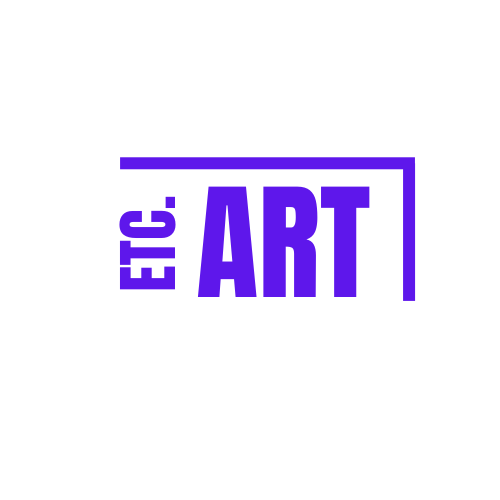Featuring: ‘Destroying as Process’ A Project by experimental Artist & Illustrator, Sophie Steadman
- Jordan Brinkworth

- Jun 10, 2024
- 7 min read
Updated: Jun 13, 2024
An Introduction from the Editor:

A short while ago, I received a document from a submitter titled ‘Destroying as a Process’.
‘How absurd,’ I thought.
Throughout the almost two years since Art Etcetera has been established, I have received a lot of submissions from a great many marvellous artists wanting to get involved (if you have recently submitted then rest assured, I will get back to you, it can just take me a while since I read them all personally). For the most part, I am willing to publish all kinds of art forms, it is Art Etcetera after all. Though sometimes I receive submissions that I simply cannot write about. Most of the time it is because they are overtly pornographic or otherwise offensive (I have to admit that the swastika that was made of flowers someone sent in last summer really took the biscuit). So, when I received an email titled, ‘Destroying as Process’I thought I was going to be faced with some hooligans throwing paint over a gallery piece. After all, it is not often you hear the term ‘destroying’ so earnestly used when discussing art, so it is fair to say that I was rather alarmed. Yet I was wrong. Instead, I found something deeply thought provoking.

Opening the email, I came across multiple images of pages of literature that were being destroyed (the ones that you can see here). Of course, if you love your books as I do, then you may think of this as being no different to throwing paint over an artwork in a gallery. Yet what Sophie began to describe within her attached document, was incredibly interesting. It also came not long after Phee had sent me her works, so it also fuelled my desire to create an ‘absurd’ themed edition. Though, before diving into what her key project here is all about, let us explore more about the artist behind the works.
‘Art is something that I have always had great interest in, and I have always been a very creative person’Sophie tells me. ‘I remember creating art for all the art competitions that came up during school, not wanting to miss a single one! I really enjoyed the freedom of it compared to the other subjects out there... in this sense, art always appeared as a break from learning, although of course I was always still learning in the creative sense’. Like many artists however, not only was Sophie impacted upon by her schooling but also the landscape she grew up in.
‘I grew up in a rural village in Cumbria, surrounded by such beautiful landscapes and scenery. I always found it a very relaxing place, although when I was younger, I didn’t quite appreciate where I live as much as I do now,’ Sophie informs me. ‘I didn’t grow up around artists, however my family were, and are always, so supportive of my art- related goals and achievements. I find that rural living provides me with a very peaceful and calm environment, the type of setting where I can focus and create’.
‘One of the first mediums I used and felt comfortable with, was black drawing ink. Throughout A-Level Fine Art, I found myself working in monochrome [black and white or different tones of one colour], and drawing ink with almost every piece. I feel as if I was always sticking to the ‘messy’ mediums, because I would be worried about a piece not being ‘perfect’ – whatever perfect art may be!’ Sophie intelligently explains. ‘I found myself criticising every single piece that I would make, and so I felt that by using mediums like drawing ink, this allowed for any ‘errors’ within the work to go unnoticed, because of the fluidity of the ink. Strangely enough, in a way, this approach then helped me to let go of that expectation that every piece I made had to look a certain way. I remember being told that I am the type of artist that should make something and then should turn around and not look at it for a while. I could almost always guarantee that when I came back to it, I felt better about what I had created.’



